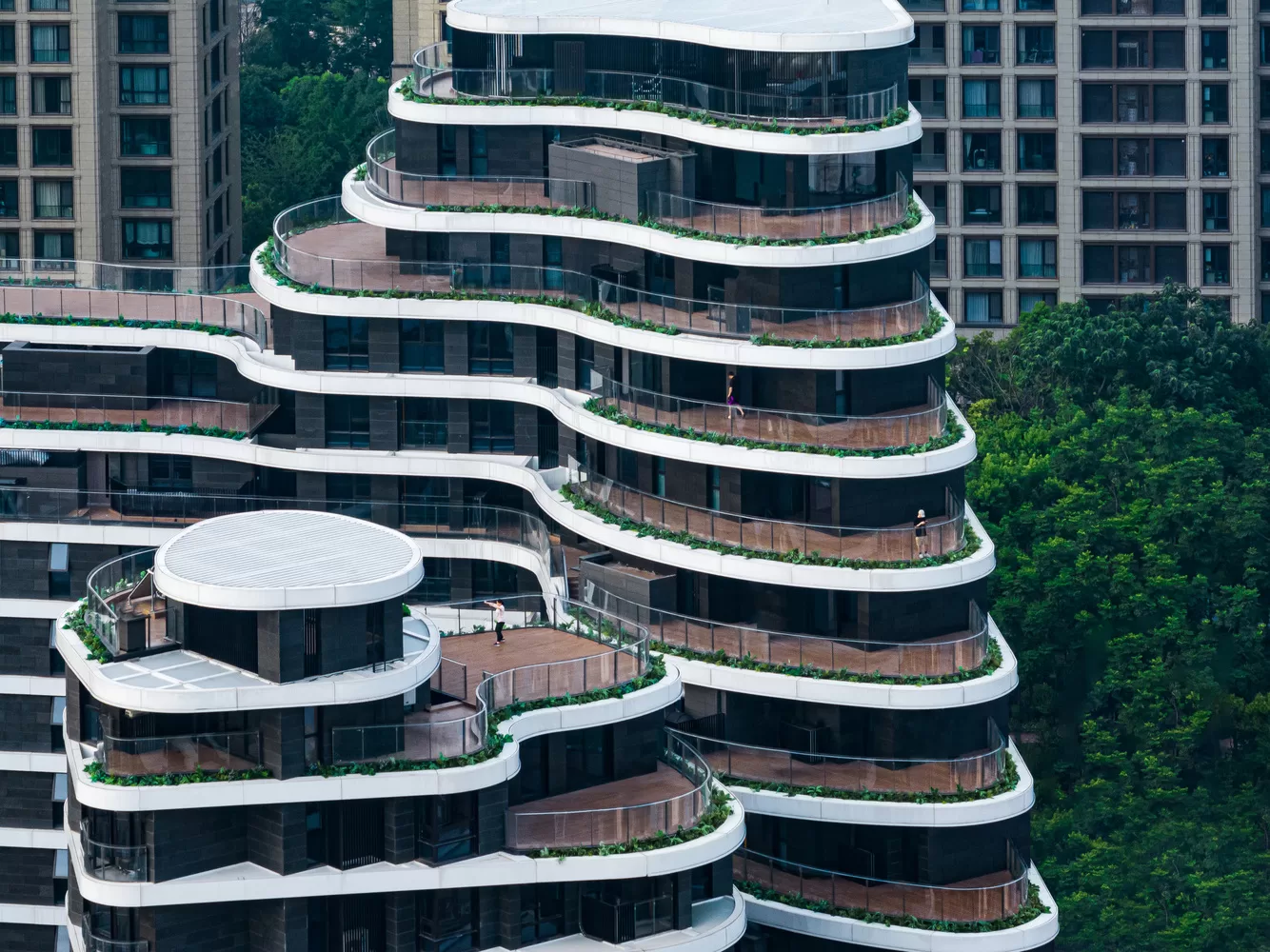Researchers at RMIT have pioneered a new form of “green concrete” that significantly enhances the use of recycled coal ash, substituting it for 80% of the cement typically used in concrete production. This innovative approach not only halves the amount of cement required but also extends the lifespan of the concrete beyond that of traditional Portland cement.
Coal ash, a byproduct of coal-fired power stations, is produced in vast quantities—about 1.2 billion tonnes annually worldwide. In Australia alone, coal ash constitutes nearly 20% of all waste. Given its abundance and the ongoing presence of coal power during the transition to renewable energy, coal ash presents a significant opportunity for reuse in construction materials.

Low-carbon concrete manufacturers have traditionally replaced up to 40% of cement with coal ash, addressing both the disposal issue and the reduction of cement-related carbon emissions, which account for roughly 8% of global emissions. The RMIT research team, collaborating with the Ash Development Association of Australia and AGL Loy Yang Power Station, sought to push the boundaries by replacing over 80% of the cement with coal ash.
Their solution involved a blend of low-calcium fly ash, 18% hydrated lime, and 3% nano-silica, which were combined to enhance the concrete’s strength. The High-Volume Fly Ash (HVFA-80) concrete developed by the team showed remarkable performance, with compressive strength increasing from 22 MPa to 71 MPa between days 7 and 450. Additionally, it exhibited flexural strengths of 2.7-8.7 MPa, splitting tensile strengths of 1.6-5.0 MPa, and an elastic modulus of 28.9-37.0 GPa. When subjected to acidic and sulfate-rich environments for two years, this new concrete outperformed traditional Portland cement.
Dr. Chamila Gunasekara from RMIT’s School of Engineering, who led the project, explained that the inclusion of nano additives allowed for a higher proportion of fly ash without compromising the concrete’s structural integrity.

Furthermore, the researchers found that their technique was effective with lower-grade ‘pond ash’ as well, which is typically underutilized in construction due to its different properties compared to fine ‘fly ash.’ The team successfully created and tested structural concrete beams using pond ash, which met Australian Standards for engineering performance.
Dr. Gunasekara emphasized the significance of these findings, noting that pond ash, which accumulates in large quantities in dams and poses environmental risks, could become a valuable resource for cement replacement if repurposed effectively.
In addition to their experimental work, the RMIT team has partnered with Hokkaido University to develop a pilot computer modeling system. This system is designed to predict the long-term performance of these new concrete mixtures, with the goal of further refining and optimizing them.
This breakthrough not only offers a sustainable solution for concrete production but also addresses the environmental challenges posed by coal ash waste, potentially transforming it from a hazard into a valuable resource for the construction industry.
Source: RMIT





